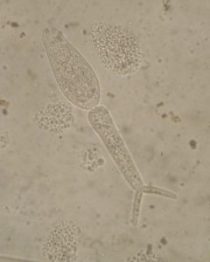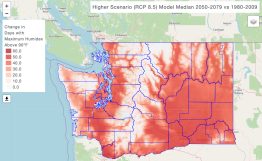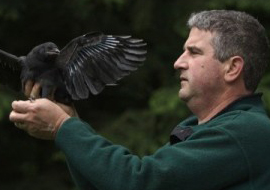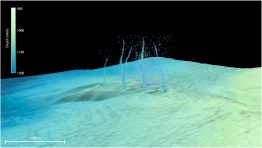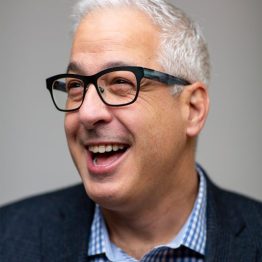Chelsea Wood is an Associate Professor in the School of Aquatic and Fishery Sciences. She is a leader in the ecology of parasites and pathogens in freshwater and marine ecosystems, the ecological drivers of parasite transmission, and human impacts on parasites in a changing world. Wood discusses the fascinating world of parasites, their “Rube Goldberg-esque” life-cycles, and her recent study – the world’s largest and longest dataset of wildlife parasite abundance – that suggests parasites may be especially vulnerable to a changing climate.
Read more »Q&A: County-scale climate mapping tool helps Washington agencies prepare for the future
Many people are now aware of climate change, the need to curb greenhouse gases and to prepare for coming environmental shifts. But knowing how best to prepare can be a challenge, both for individuals and for local agencies. The University of Washington’s Climate Impacts Group has released an interactive tool that lets state agencies and local governments see what climate scientists project for their county and what they might want to consider when developing their districts’ comprehensive plans.
Read more at UW News »S1 E2: Field Detectives with John Marzluff
John Marzluff is a professor of wildlife science in the UW School of Environmental and Forest Sciences and renowned researcher studying the relationships between birds and humans. In 2022, Marzluff was named American Association for the Advancement of Science Fellow, honored for advances in our understanding of how humans impact birds, and for communicating the importance of birds to the public.
Read more »Warm liquid spewing from Oregon seafloor comes from Cascadia fault, could offer clues to earthquake hazards
The field of plate tectonics is not that old, and scientists continue to learn the details of earthquake-producing geologic faults. The Cascadia Subduction Zone — the eerily quiet offshore fault that threatens to unleash a magnitude-9 earthquake in the Pacific Northwest — still holds many mysteries. A study led by the University of Washington discovered seeps of warm, chemically distinct liquid shooting up from the seafloor about 50 miles off Newport, Oregon.
Read more at UW News »UW’s Phil Levin to direct first-ever US National Nature Assessment
The Biden-Harris Administration on April 3 announced the appointment of Phil Levin, professor of practice in environmental and forest sciences at the University of Washington and lead scientist at The Nature Conservancy in Washington state, as director for the first-ever U.S. National Nature Assessment. The NNA will take an interdisciplinary approach to better understand the role of nature in the lives of people across the country, integrating science with traditional ways of knowing and the needs of communities.
Read more at UW News »
